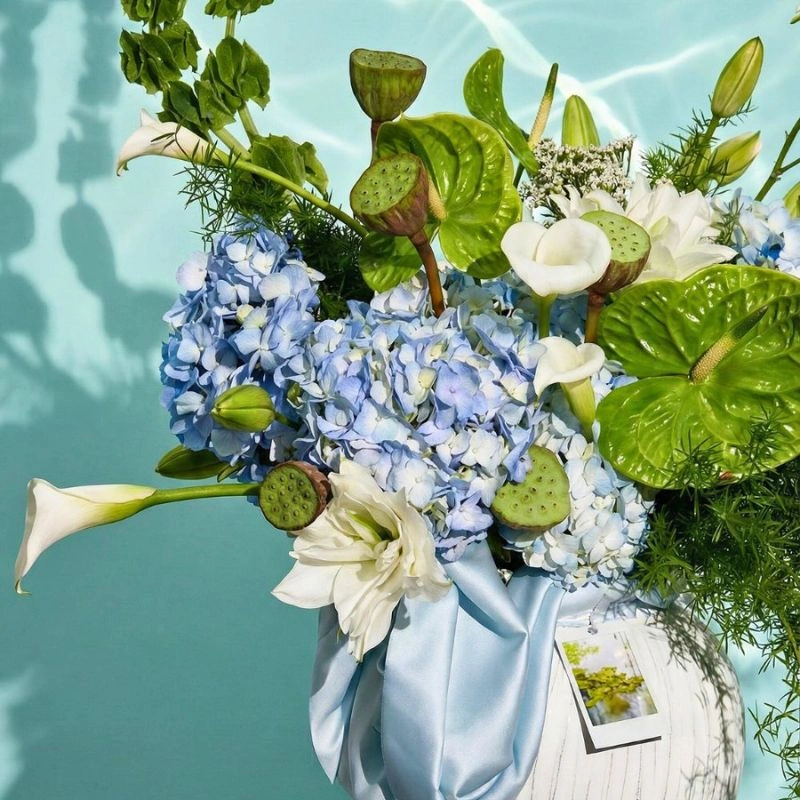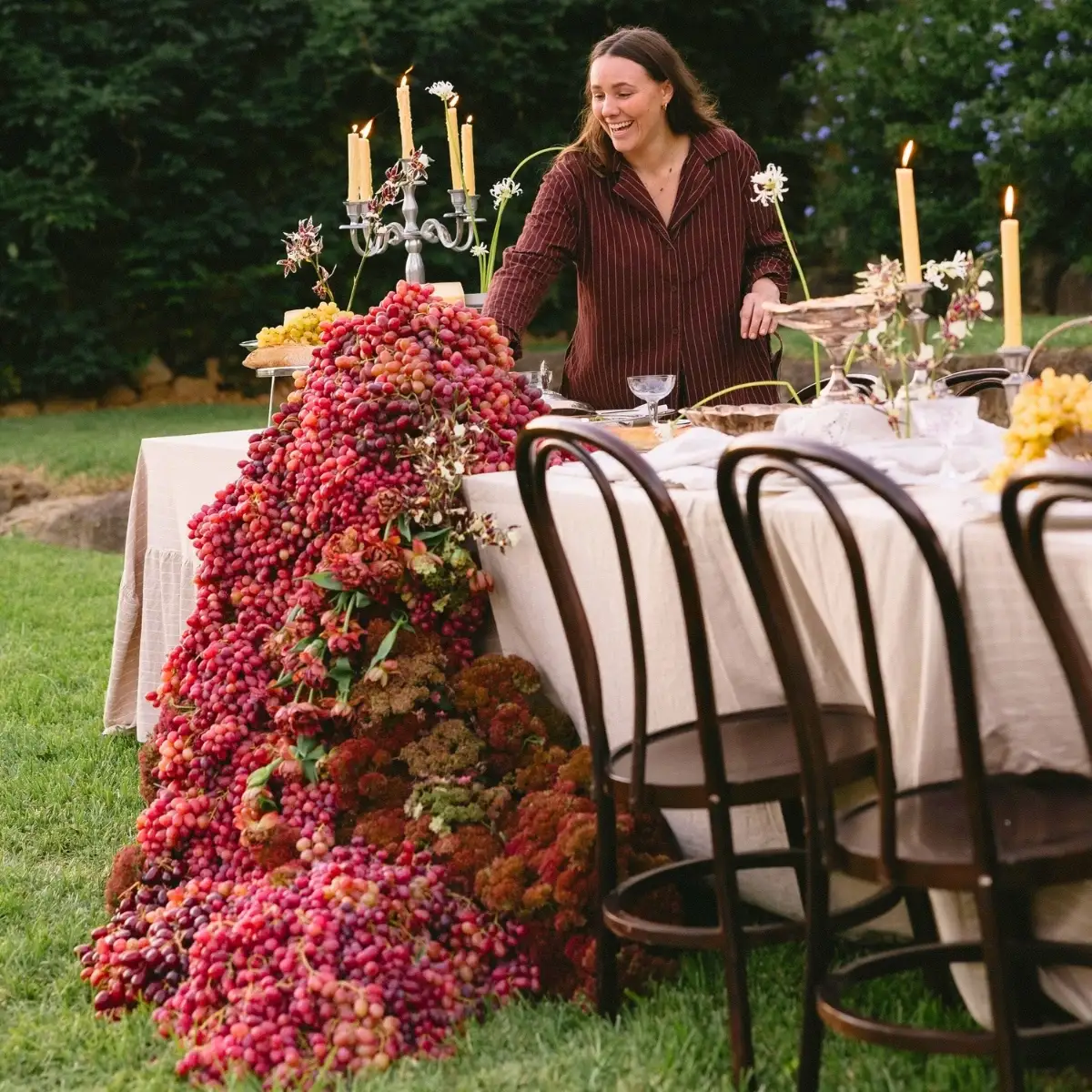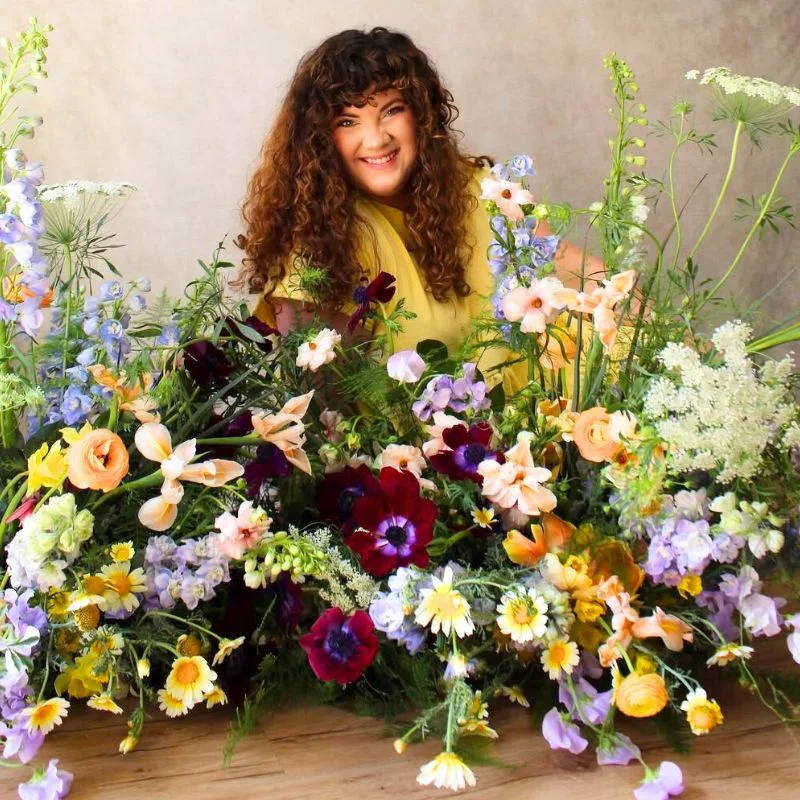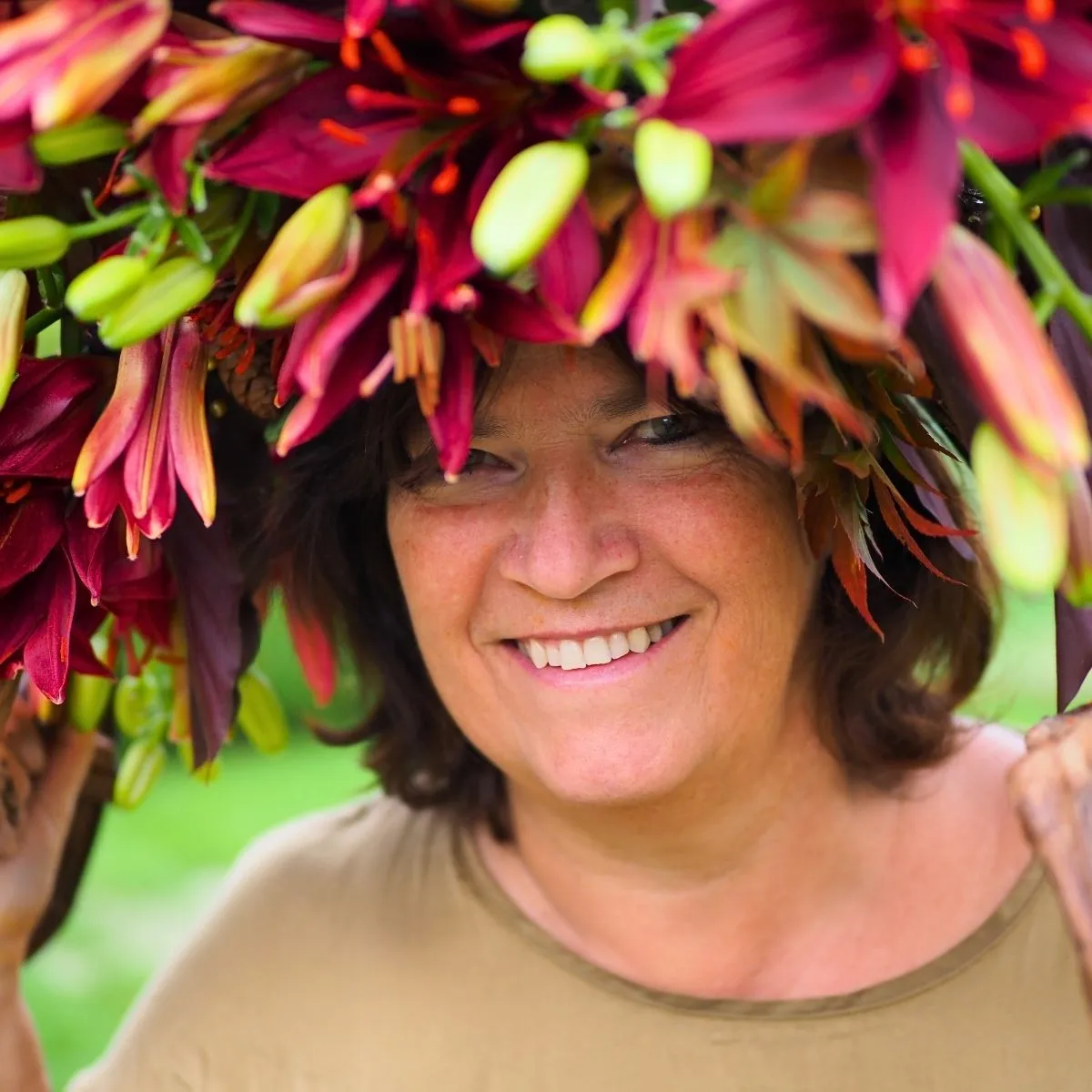Flowers have long been symbols of beauty, love, and nature's ephemeral elegance and preserving this beauty for generations is both a challenge and an art. Let's explore the concept of floral legacy, highlighting the importance of conservation, sustainable practices, and innovative techniques to ensure that the enchanting allure of blooms endures for generations to come.
Understanding the Concept of Floral Legacy
Floral legacy is the practice of preserving and passing down the knowledge, traditions, and beauty of flowers. This encompasses everything from heirloom gardening techniques to modern preservation methods.
It's about creating a bridge between generations, ensuring that the splendor of nature continues to inspire and delight.

Importance of Floral Legacy
A floral legacy is more than just a collection of beautiful flowers; it is a testament to our commitment to preserving nature's artistry. Flowers play a crucial role in ecosystems, support biodiversity, and provide countless benefits to human well-being.
By focusing on sustainability and conservation, we can ensure that future generations inherit a world where flowers continue to thrive and contribute to the planet's health and beauty.
Seed Banks and Botanical Gardens Role
Conservation is crucial for maintaining the biodiversity of floral species. Many flowers face the threat of extinction due to habitat loss, climate change, and human activities.
Botanical gardens and seed banks play a pivotal role in conservation. These institutions preserve rare and endangered plant species, conduct research, and educate the public. They serve as living repositories of plant diversity, safeguarding the genetic material necessary for future floral restoration efforts.
Cultural and Emotional Significance of Flowers
Flowers have been an integral part of human culture and emotion for centuries. They are woven into our rituals, celebrations, and expressions of love and sympathy. Their significance also transcends mere aesthetics.
Flowers like the lotus are revered in various cultures for their spiritual symbolism, representing purity and enlightenment. Roses, ith their myriad colors, symbolize a spectrum of emotion, from love and passion to sorrow and remembrance.
By preserving these flowers and their meanings, we ensure that future generations can continue to draw upon this rich cultural and emotional heritage.
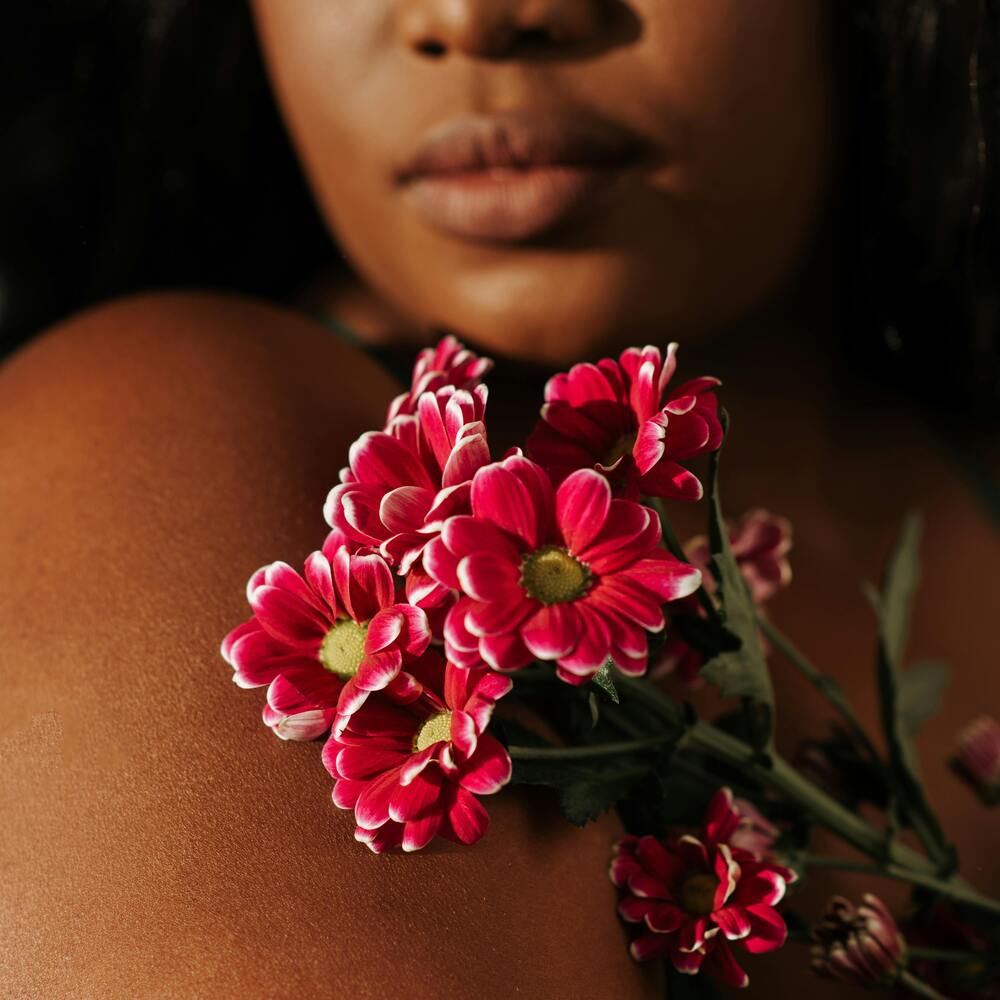
Historical Perspective on Floral Preservation
Throughout history, flowers have played an important role in cultures around the world. Ancient civilizations like the Egyptians and Greeks used flowers in rituals, medicine and art.
The Persian Empire is renowned for its lush gardens, which were seen as earthly paradises. These gardens, known as "paradises," were carefully cultivated to showcase a variety of flowers and plants, symbolizing the harmony between nature and human civilization and this legacy can still be seen today in the design of modern botanical gardens.
Similarly, the Victorian era also witnessed a surge in botanical exploration and the establishment of numerous botanical gardens. These gardens served as repositories for exotic plant species brought back from distant lands, reflecting the era's fascination with nature and its beauty. The Victorians' dedication to horticulture laid the groundwork for contemporary botanical conservation efforts.
Methods for Preserving Floral Beauty
Let's discuss the various methods and techniques that come in handy when considering the preservation of floral beauty for future generations:
- Conservation and Restoration of Habitats:
Preserving natural habitats where wildflowers thrive is essential. This involves protecting areas from deforestation, urbanization, and pollution. In areas where habitats have been degraded, restoration projects can help reintroduce native flowers. This includes activities like planting native species, removing invasive species, and rehabilitating soil health. - Cultivation and Breeding:
Flower farming should adopt sustainable practices that minimize environmental impact. This includes reducing pesticide use, employing organic farming techniques, and using water-efficient irrigation systems like drip irrigation and hydroponics. Breeding programs can also be used to develop flower varieties that are more resilient to climate change and diseases. These programs cn also focus on enhancing the aesthetic qualities of flowers, ensuring they continue to captivate future generations. - Technological Innovations:
Cryopreservation is a common method being implemented for floral preservation, similar to how preserving blood by investing in cord blood banking ensures the future availability of essential genetic material.
This technique involves freezing plant tissues at very low temperatures to conserve their genetic material, making it invaluable for preserving endangered species and maintaining genetic diversity.
Likewise, growing plants in controlled laboratory conditions through techniques like in-vitro cultivation helps preserve rare and endangered species. This method facilitates the propagation of plants that are difficult to grow in their natural habitats, ensuring that floral beauty is preserved for future generations.
- Educational and Community Initiatives:
Educating the public about the importance of floral preservation can inspire community involvement. Campaigns can highlight the role of flowers in the ecosystem and encourage sustainable practices in gardening and landscaping. Establishing community gardens where people can grow and appreciate flowers also fosters a connection with nature. These gardens can serve as educational hubs where people learn about plant care, sustainability, and biodiversity.
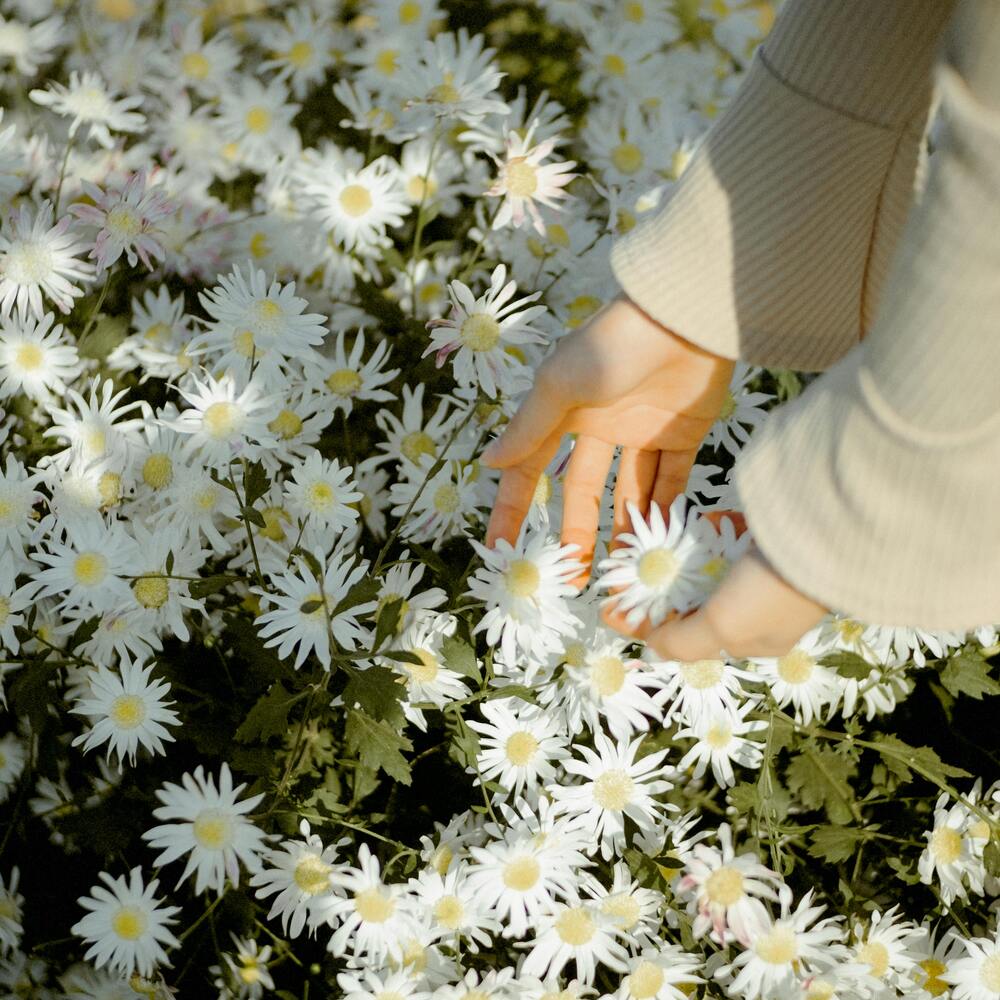
Role of Technology in Floral Preservation
Advancements in technology have opened new avenues for preserving floral beauty.
Techniques like genetic engineering allows scientists to enhance the resilience and longevity of floral species. By identifying and manipulating genes responsible for traits such as disease resistance and drought tolerance, researchers can create hardier plants that are better equipped to survive in changing environmental conditions. This technology holds promise for ensuring the survival of endangered floral species.
Another technique, digital archiving involves the creation of high-resolution images and detailed records of floral species. These digital archives serve as a reference for researchers and educators, providing valuable information on plant morphology, distribution, and ecological requirements.
Platforms like the Global Biodiversity Information Facility (GBIF) make this data accessible to a global audience, supporting conservation efforts worldwide.
The Role of Floral Designers and Florists
Floral designers and florists have a unique role in preserving floral beauty. By choosing to work with sustainably sourced flowers and promoting seasonal and local blooms, they can reduce the environmental impact of their work.
Educating clients about the importance of sustainability and the benefits of choosing eco-friendly options can also drive change within the industry.
Additionally, floral designers can participate in or initiate projects that support floral preservation, such as collaborations with botanical gardens, conservation groups, and educational institutions.
The Future of Floral Preservation
The future of floral preservation lies in the integration of traditional practices with modern technology. As we face challenges like climate change and habitat destruction, innovative solutions become increasingly important. Here are some emerging trends and future directions:
- Climate Resilient Varieties: Developing flower varieties that can withstand extreme weather conditions will be crucil as the climate continues to change. This involves both traditional breeding techniques and advanced genetic engineering.
- Green Technologies: Using renewable energy sources and sustainable materials in flower cultivaation and distribution can significangtly reduce the carbon footprint of the floral industry.
- Urban Greening: Incorporating more green spaces in urban areas, such as rooftop gardens, vertical gardens, and urban parks, can help preserve floral diversity and bring nature closer to people living in cities.
- Citizen Science Projects: Engaging the public in monitoring and preserving local flower species through citizen science projects can enhance conservation efforts and increase public awareness and involvement.
Cultivating a Lasting Floral Legacy
Preserving the beauty of flowers for future generations is not just an environmental necessity but a cultural and emotional imperative. Flowers connect us to our past, enrich our present, and hold promise for our future.
By embracing sustainable practices, supporting conservation efforts, and fostering a deeper appreciation for floral beauty, we can ensure that the legacy of flowers continues to inspire and delight generations to come.
The preservation of floral beauty is a multifaceted endeavor that requires the cooperation of individuals, communities, businesses, and governments. It involves protecting natural habitats, adopting sustainable practices, leveraging technological advancements and educating the public.
Through these collective efforts, we can create a lasting floral legacy that not only enhances our lives today but also enriches the world for future generations.


